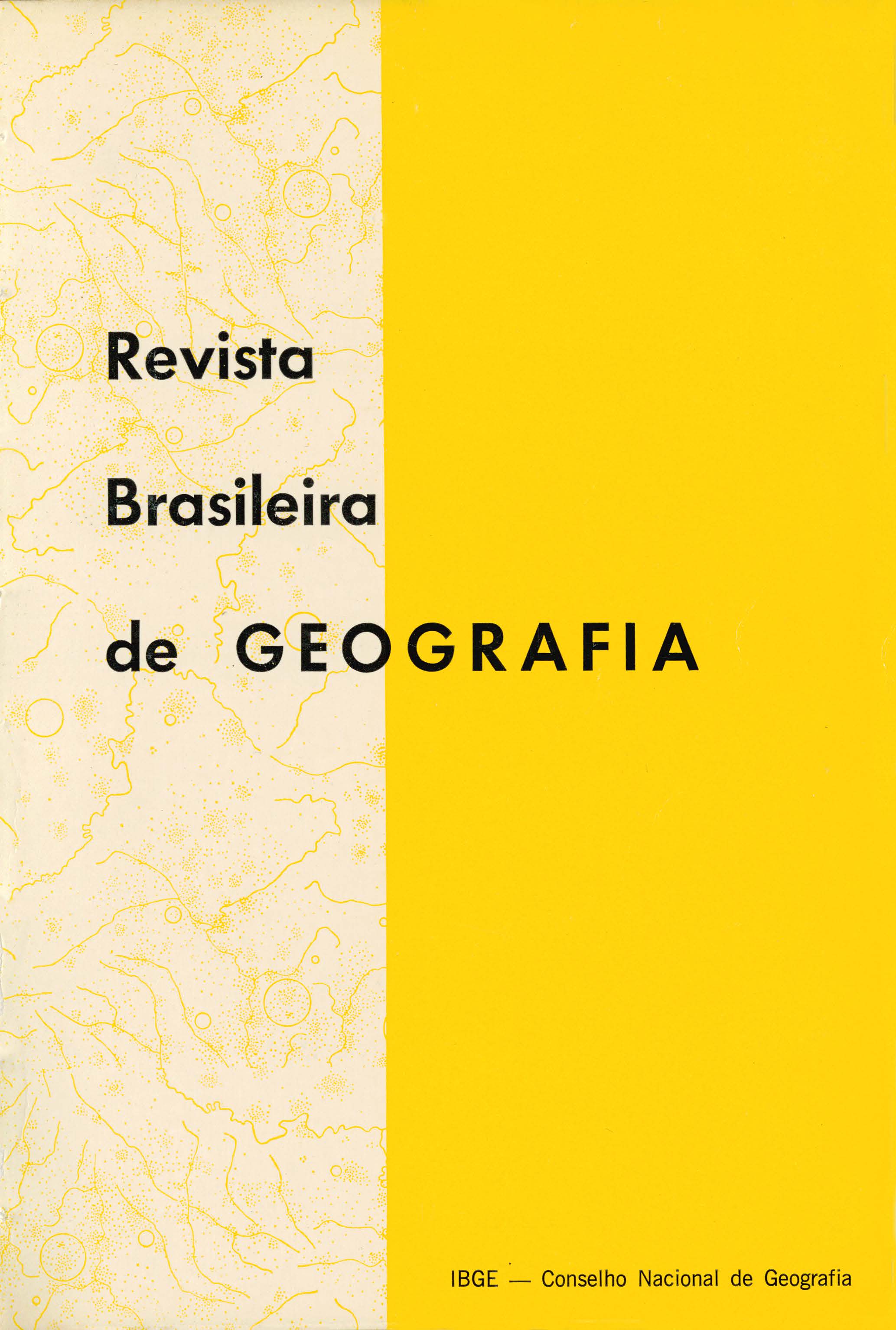Tipos de planícies aluviais e de leitos fluviais na Amazônia brasileira
Palavras-chave:
Amazonas, Rio, Bacia, Amazônia, Hidrografia, Geomorfologia fluvialResumo
The types of valley floors in the Amazon region are determined by the predominance of neogenic detrital formations accumulated in two lowered areas (the Amazon River Valley downstream from Manaus and the western Andean miogeosyncline), by recent tectonic movements, especially faulting (Solimões upstream from Coari and the lower Negro River), and by climate and sea-level combined fluctuations during the middle and recent Quaternary period. The weak resistance of the Neogene has allowed the development of a very extensive regressive incision from the Japurá confluence on the Solimões down to Porto Velho on the Madeira. This incision has coincided with a dry tropical climate and has caused the substitution of a savana favorable to the runoff for the ombrophilous forest. The flandrian transgression has coincided with the forestall restoration and thus with a phytostabilization. On local watercourses, alluvial sheets have been built during dry periods and have been incised upstream during phytostabilization periods. In Tarauacá, the Tarauacá and the Muru Rivers present two of these anuvial sheets, which are approximately at the same level, embedded in each other and partially floodable nowadays.
The incision of those alluvial sheets of valley floors occurs mostly through beds of very unstable meanders, with numerous abandoned meanders and backwaters, slowly covered by one to two meters underwater rooted vegetation. The evolution of the meanders is accelerated by the proportion of silt and clay in the anuvial sheet of the valley floor: in fact, only the sands are abandoned at a short distance on the convex banks while the thin particles are carried away in suspension. The result is a recession of the meandering concave banks faster than the accumulation of the correspondent convex banks, thus the widening of the river-bed favorable to the cutting off. The banks are attacked partially by the classical mechanism of undermining during flood periods but also by the recession of the water-saturated material banks during ebb periods and by violent eddies that are caused by the fall of the trees through undermining. The very superficial rooting of the ombrophilous forest, due to the rarity of assimilate minerals, favors this last process. The Juruá Vaney offers particularly representative examples of such meanders.
Down the river, the alluvial sheets plunge to a sea level lower than the present one. The coincidence of time of the flandrian transgression and the phytostabilization done by the forest has provoked a general alluvial deficit of unequal importance ·according to the watercourses and to the sections :
- The maximum deficit occurs along the lower course of local streams that drain only the Neogene. Those streams flow into fluvial rias, flooded valley floors transformed into lakes whose level oscillates considerably according to the level variations of the great rivers (from 15 to 20 m on the Solimões River). There is no delta in those fluvial rias, a fact that proves the extreme weakness of solid alluvium. Those watercourses have extremely acid waters and poor ecosystems ("rios da fome") due to the lack of mineral elements.
- A smaller deficit occurs on watercourses that carry solid load but that are placed in fault angles, as the lower Negro River. It builds, in a tectonic ria, an embryonic delta with small thin natural levees submerged during high water. Similar natural levees follow the Trombetas River channel downstream.
- Toward Obidos, the Amazon River conveys a certain solid load due to the river branches that undermine the valley neogenic slopes. However, this load has hardly compensated for the fast flandrian transgression, Increasingly high natural levees can be observed along the more and more recent successive river branches. Large marginal enclosed basins remain between the base of the slopes and the relatively high natural levees that bank the present course where anuvial deltas are formed. Old abandoned branches are banked by submerged low natural levees except at very low-water periods. The Amazon waters contain allogeneic dissolved minerals whose penetration into the enclosed basins during high water allows the development of a phytoplankton, This primary producer together with the floating prairies permits the development of more varied aqueous biocoenosis that form a more important biomass. The images from the ERST-1 satellite have permitted to register this phenomenon.
- Finally, during the transgression period, the sufficiently loaded watercourses, such as the Japurá and the Solimões, could build alluvial plains characterized by very important natural levee systems, generally with meanders. Those systems are perfectly visible on radar mosaic because of the differences of high and reflectance of the several types of vegetation that are developed in that area.






